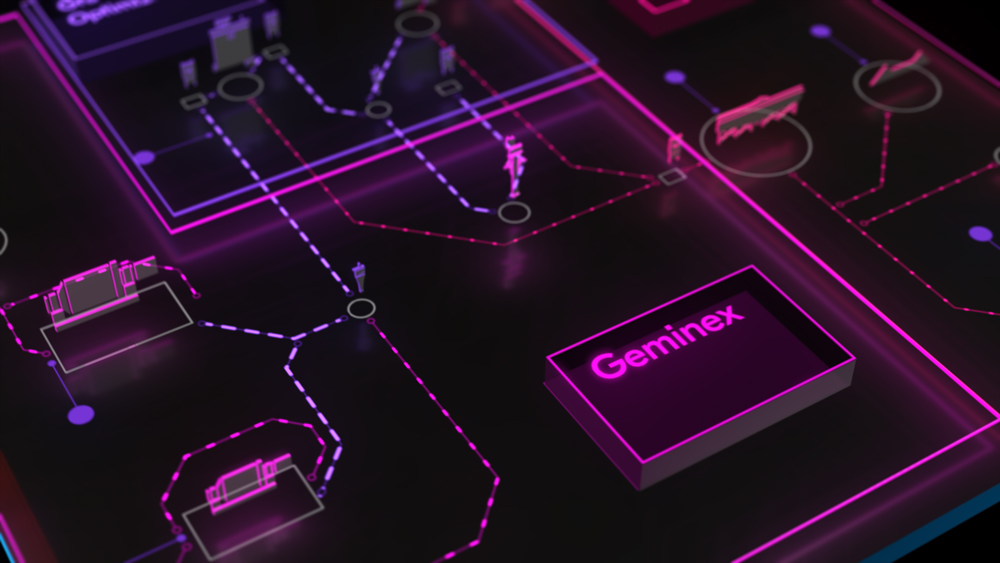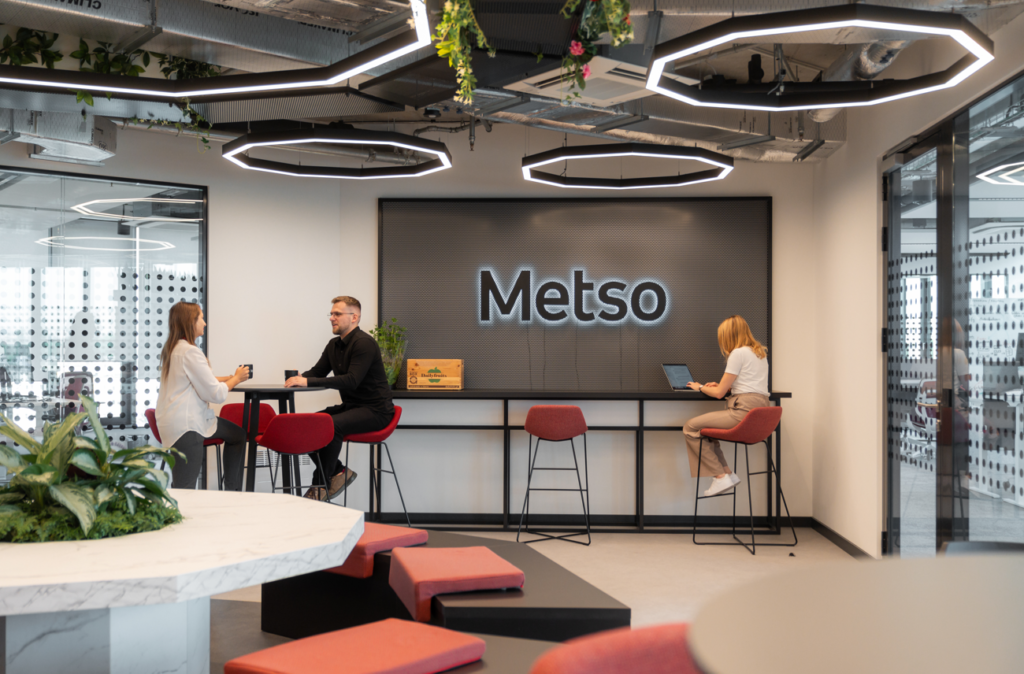With the mining industry’s growing understanding and openness to the benefits of digitalisation and artificial intelligence (AI), it was only a matter of time before some of the big OEMs ventured further into the software development space. That time is now with Metso having, today, opened a Digital Design and Development Studio in Krakow, Poland, to complement its already wide digitalisation offering.
Many mining companies around the world regularly interact with software carrying the Metso name: think of the ACT/OCS-4D™ platforms for advanced process control, the Geminex™ digital twin and HSC Chemistry for minerals and metals process simulation and optimisation, or the Metrics monitoring service.
The company’s latest software developments will go beyond these legacy solutions, leveraging what it refers to as “leading-edge digital capabilities” to solve some of the industry’s major issues.
Olivier Guyot, Senior Vice President for Minerals Digital at Metso, admits the minerals industry might have “missed the first train” when it comes to developing software that leverages AI and machine learning, but he still sees a major market opportunity for Metso, with customers more prepared to embrace digitalisation.
“We have recently had many customer meetings where we have shared our digital strategy,” he told IM. “It has been clear from these interactions that there is an opportunity for us to make inroads into this market.”
Metso doesn’t have an intention to compete with pure software players in this space. It is also cognisant its customers will not be open to adding another vendor to their already extensive list of digital suppliers without a proven value proposition.
“As a result, what we are focused on when it comes to software development, user experience design, data and AI is related to our expertise – equipment, services, process and materials technology, etc – and how to embed and integrate it seamlessly into an already mature plant ecosystem,” Guyot added.
“We really see digital as a complement to our core competencies, rather than something separate.”
When broken down, the rationale for Metso dipping its toe into the software development space now makes sense.
Guyot explains: “I feel we also need to go back to basics: start off with the right level of automation, sensors and analysers at site – these are the data generators. Without the optimisation of these hardware elements, the data coming back will not be accurate enough to produce valuable digital insights and analytics. This is the information that AI and machine-learning algorithms require.
“Without the right quality of data and the right domain knowledge, the outcome of these AI solutions might not be directly usable. We feel we have that domain knowledge, providing a legitimate claim to come and deploy our expertise digitally in many forms for our customers.”
The growing number of digital experts working in the Krakow office – currently estimated to be around 50 – can build these software solutions with knowledge of the underlying hardware in mind. This knowledge will come from interactions and collaborations with product and service experts, personnel at Metso Performance Centers across the globe, and more.

The brief for these digital designers is to focus on three key areas:
- Equipment performance to provide digitally-enhanced Life Cycle Services (LCS), remote condition monitoring and prescriptive maintenance;
- The process performance digital portfolio to optimise customers’ ore-to-metal operations for efficiency and sustainability; and
- Business enablement to enhance customer experience and improve employees’ productivity within a data-driven, AI-augmented environment.
“To support these three priorities, we need to continuously develop our digital capabilities and that is what we are doing in Krakow to complement our existing capabilities,” Markku Teräsvasara, President Minerals & Deputy CEO at Metso, told IM.
Of course, the investment in this studio also reflects the industry’s continued requirement to address a growing labour and skills shortage, as well as the expected need to produce more metals for the electrification transition.
“If the industry is to produce more metals in a more sustainable and safe manner, digital solutions will be needed,” Teräsvasara added.
There is clearly an opportunity for Metso to leverage software as a market differentiator, but the move also reflects a growing sense of responsibility to in-source more of the digital supply chain.
Guyot explained: “Cyber security is not something we can delegate to anyone when it comes to servicing customers – especially with more of the information being on cloud-based platforms now.
“The Krakow Studio will allow us to responsibly develop this software hand in hand with cyber security in mind.”
And Guyot and Teräsvasara say this software development responsibility goes beyond just the Metso equipment portfolio, with customers able to also use this new software on all their equipment, irrespective of the supplier.
“Our software will be available to ourselves and our customers,” Teräsvasara said. “We will help our customers with all their equipment and performance issues, as we do with some existing LCS contracts.”
With the investment in this new Digital Design and Development studio, Metso is putting another marker down that could have positive ramifications for its customers and the wider mineral processing sector.











